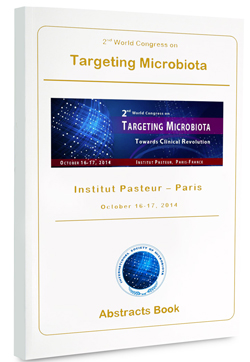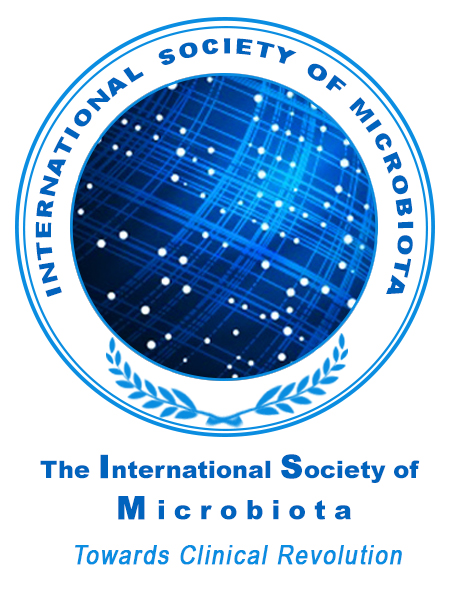
Dr. Tewodros Debebe, from University of Leipzig,Germany was awarded for his Short Oral Presentation by ISM Scientific Committee during the 2nd International Congress on Targeting Microbiota which was held in Pasteur Institut on October 16,17.
During Targeting Microbiota 2014, Dr. Tewodros Debebe gave a presentation about "The microbiota of the long living naked mole rat".
According Dr. Tewodros Debebe: "The naked mole-rat (Heterocephalus glaber) is a mammal with an eusocial behavioral pattern. This mouse-size subterranean rodent lives more than 30 years in captivity and the wild. It is known to miss many age-related changes, displays resistance to oxidative stress and is remarkably resistant to both spontaneous cancer and experimentally induced tumorigenesis. Although characterized by significant oxidative stress, the naked mole rat proteome does not show age related susceptibility to oxidative damage or increased ubiquitination. For these reasons and the close phylogenetic relation to human, mole-rats are of special interest in the search for mechanisms leading to particularly long, healthy lives. Furthermore, naked mole rats pose a challenge to the theories that link ageing, cancer and redox homeostasis. Currently, the importance of the mole-rat as a model for ageing research is intensively discussed.
Microbiota is an immense number of microbial communities, which colonize different parts of the body of the human. It is known that the gut microbiota has been shown to have a pivotal role in host health and disease. Its composition and function have revealed to have a paramount important to the development of obesity, cancer, immune defense and related diseases. In this line, changes in the gut microbiota composition responding to different diets, may have a strong impact on health and disease in human. Therefore, the present study was aimed at analyzing the gut microbiota of the naked mole-rat.
For that, bacteria from gut and feces of both wild and kept in captivity naked mole rat were cultured onto appropriate media under aerobic and anaerobic conditions, and isolates were further identified by Matrix Laser Desorption Ionization Time-of-Flight (MALDI-TOF) mass spectrometry.
Composition of gut microbiota of naked-mole rats kept in captivity and wild were compared.
We primarily found the bacteria such as Bacteroides, and staphylococcus spp in naked mole rats kept in captivity.
Whereas in animals living in the wild Bacillus, Bacteroides, and Clostridium spp were the normal constituents of the gut. Frequently identified bacteria, B. megaterium, was found only on the wild species that seem to be related to their underground-living habit.
The primary food of the naked-mole rats in the wild were sweet potatoes, peanuts and polyphenol-rich plants.
This is the first study of the microbiota of a long-living rodent. The possible relation of diet, gut bacteria and longevity are discussed."
For more information about Targeting Microbiota 2014: www.microbiota-site.com


















